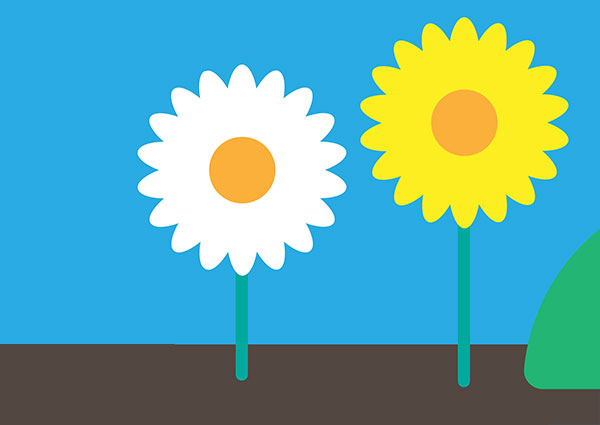Curriculum links
England
Science
Sc2
Life processes and living things
Life processes
Pupils should be taught:
- the differences between things that are living and things that have never been alive (1a)
- that animals, including humans, move, feed, grow, use their senses and reproduce (1b)
- to relate life processes to animals and plants found in the local environment (1c)
Living things in their environment
Pupils should be taught to:
- find out about the different kinds of plants and animals in the local environment (5a)
- identify similarities and differences between local environments and ways in which these affect animals and plants that are found there (5b)
- care for the environment (5c)
Art and Design
Investigating and making art, craft and design
Pupils should be taught to:
- investigate the possibilities of a range of materials and processes (2a)
- try out tools and techniques and apply these to materials and processes, including drawing (2b)
- represent observations, ideas and feelings, and design and make images and artefacts (2c)
Evaluating and developing work
Pupils should be taught to:
- review what they and others have done and say what they think and feel about it (3a)
- identify what they might change in their current work or develop in their future work (3b)
Scotland
Science
Planet Earth
Biodiversity and interdependence
- I have observed living things in the environment over time and am becoming aware of how they depend on each other. (SCN 0-01a)
- I can distinguish between living and non living things. I can sort living things into groups and explain my decisions. (SCN 1-01a)
- I can explore examples of food chains and show an appreciation of how animals and plants depend on each other for food. (SCN 1-02a)
Technologies
Technological developments in society
- Within and beyond my place of learning, I can reduce, re-use and recycle resources I use, to help care for the environment. (TCH 0-02a)
- Throughout all my learning, I take appropriate action to ensure conservation of materials and resources, considering the impact of my actions on the environment (TCH 1-02a)
Expressive Arts
Art and design
- I have the freedom to discover and choose ways to create images and objects using a variety of materials. (EXA 0-02a)
- I have the opportunity to choose and explore a range of media and technologies to create images and objects, discovering their effects and suitability for specific tasks. (EXA 1-02a)
- I can create and present work using the visual elements of line, shape, form, colour, tone, pattern and texture. (EXA 1-03a)
- Inspired by a range of stimuli, I can express and communicate my ideas, thoughts and feelings through activities within art and design. (EXA 0-05a / EXA 1-05a / EXA 2-05a)
Northern Ireland
The World Around Us
Interdependence
Pupils should be enabled to explore:
- how plants and animals rely on each other within the natural world
- interdependence of people and the environment
- the effect of people on the natural environment over time
- interdependence of people, plants, animals and place
Place
Pupils should be enabled to explore:
- ways in which living things depend on and adapt to their environment
- positive and negative effects of people on places
Change Over Time
Pupils should be enabled to explore:
- positive change and how we have a responsibility to make an active contribution
The Arts
Art and Design
Pupils should be enabled to:
- investigate and respond to direct sensory experience; including visual, verbal, spatial and tactile dimensions, memory and imagination
- look at and talk about resource material to stimulate their own ideas
- talk about their own and others’ work and how it was made, use observations to identify difficulties and suggest modifications
- experiment with a range of media, materials, tools and processes such as: drawing, painting, printmaking, malleable materials, textiles and three-dimensional construction
Wales
Science
Life Processes and Living Things
1. Life processes
Pupils should be taught:
- the differences between things that are living and things that are not living
Living Things in their environment
Pupils should be taught:
- to find out about the different kinds of plants and animals in the local environment, e.g. how plants and animals change through the seasons.
- that animals and plants can be grouped according to observable similarities and differences.
Making Art
Pupils should be taught to:
- Explore and experiment with the visual language of art, craft and design, the elements of which include:
- Pattern e.g. natural and made patterns
- Texture e.g. rough and smooth textures
- Shape e.g. simple shapes from nature and the made world during which pupils should be given opportunities to:
- Make objects, images and artefacts in two and three dimensions for a variety of purposes using a range of materials, tools, processes and techniques.
